Content

Common issues in wastewater treatment systems often include: 1. **Clogging**: Accumulation of debris, grease, or other materials can lead to clogging in pipes, filters, or pumps, reducing the efficiency of the system. 2. **High levels of contaminants**:
Update: 05/06/2023
Share:




Some Common Issues in Wastewater Treatment Systems Today
Some issues that may occur in wastewater treatment systems include:
- Odor problems
- Pump equipment issues
- Oxygen aeration equipment issues
- Nutrient system issues
- Microbial sludge issues
Causes and Solutions for Some Specific Issues
Odor Problems
Odor problems can occur at various stages such as in aeration tanks, secondary settling tanks, etc.
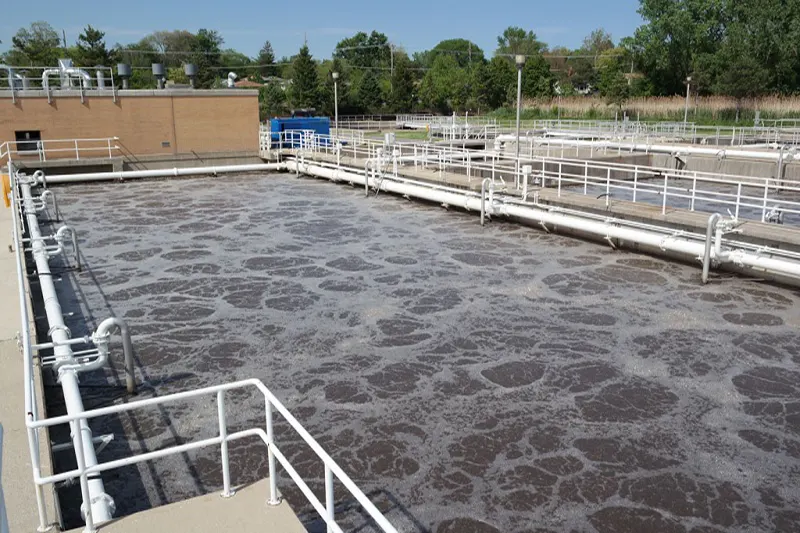
Main Causes
- Excessive organic pollutants in the tank leading to poor preliminary treatment. Uncontrolled activated sludge causing high BOD levels and anaerobic decomposition.
- Inefficient aeration due to lack of agitation or aeration equipment not meeting required capacity.
- Overloaded filtration equipment leading to accumulation of pollutants.
Solutions
- Aeration of wastewater tanks is essential. Agitation equipment, air blowers can be used to distribute oxygen throughout the tank to reduce anaerobic decomposition and odor.
- If flow rates are low, regular aeration or air injection from an Aerotank to a secondary settling tank is necessary.
- Microbial products can also be used to treat pollutants and reduce BOD levels.
Pump Equipment Issues
There are various pump equipment issues that can cause disruptions in wastewater treatment systems, such as pump failure, weak pumping, unusual noises, overheating, clogged impellers, etc. Here are some specific causes:
- Electrical panel tripping, power loss, electrical faults causing pump failure.
- Clogged or blocked impellers due to debris or large waste materials.
- Pump capacity and flow rate lower than operational requirements leading to overload, burnout, stoppage, or clogging.
- Noises or vibrations in the pump due to improper fixation, mechanical parts, or fan blades being obstructed.
- Overheating or weak performance due to water, oil, or debris sticking to the rotor causing overheating or burnout.
To ensure the wastewater treatment system operates smoothly, it is advisable to have backup pumps in the initial design so that if a pump fails, it can be removed for repair while ensuring the system continues to operate.
Oxygen Aeration Equipment Issues

Oxygen is essential in wastewater treatment systems, especially in biological aerobic systems. To achieve this, air blowers, oxygen diffusers are necessary. After some time of use, these devices may face the following issues:
- Air blowers producing loud noises, causing air leaks through loose connections.
- Water accumulation in air blowers due to design flaws or equipment malfunctions, which can lead to short circuits or fires.
Nutrient System Issues
Nutrients in wastewater mainly consist of N and P. According to experts, the N content in wastewater is considered standard if the total N is between 1-2mg/L. If it exceeds this range, it indicates an excess and external N supplementation should be stopped.
Microbial products can be used to treat N and P in wastewater.
Microbial Sludge Issues
Microbial sludge may encounter the following issues:
- High floating sludge in the secondary settling tank due to N2 gas generated during nitrate reduction. This gas carries the floating sludge on the surface.
- Formation of large clumps or masses of sludge: This is caused by filamentous bacteria growing excessively in the tank, leading to poor settling.
- Sticky foam on the surface due to lack of air in the tank: This can be caused by aging of the microbial sludge. In this case, rejuvenation of the sludge is necessary. Additionally, this phenomenon can also be due to residual grease foam from inefficient grease separation.
- Non-adhesive sludge: Lack of food for the microbes is the main cause of this issue. In this case, nutrient supplementation is necessary for bacterial growth and development.
- Dispersed sludge forming small clusters reducing settling efficiency. This can lead to turbidity in the effluent after settling.
- Dead sludge due to lack of oxygen and food for microbial activity. Check the air supply system and food in the tank and take corrective measures.
Above are common issues in wastewater treatment systems. Hopefully, this information helps you identify arising problems and find the most suitable solutions to ensure your system operates stably and meets your business requirements. If you have any further questions, feel free to contact us for expert advice.
Update: 05/06/2023
Share:




Related news
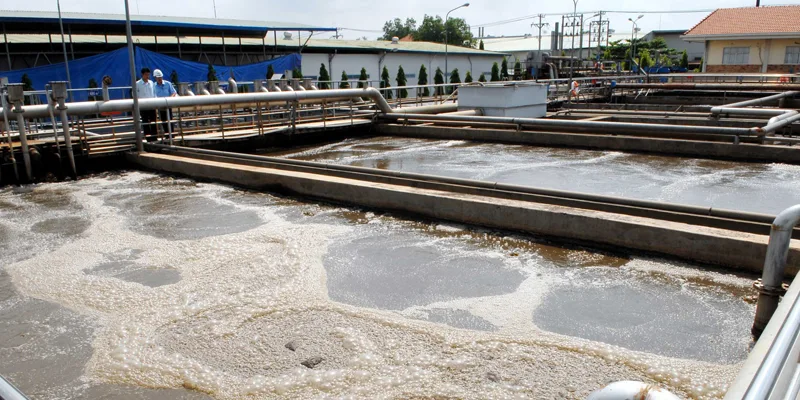
Industrial wastewater refers to the contaminated water generated from industrial activities. It typically contains a variety of pollutants, such as chemicals, heavy metals, oils, and other harmful substances. The composition of industrial wastewater can v
Industrial wastewater is contaminated water that can harm human health and the environment if not properly treated. The article below will provide more information about this hazardous wastewater and how to treat it most effectively.
Created at: 05/07/2024
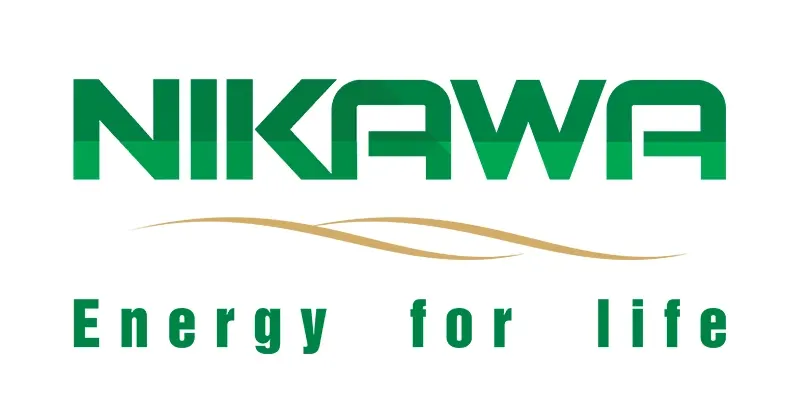
NIKAWA - Bringing pure water to every family
Nikawa has become a familiar name to Vietnamese consumers, offering a range of home and industrial water filtration systems. These products utilize advanced technology to completely remove impurities, bacteria, viruses, and heavy metals from water, providing users with pure and safe water.
Created at: 27/05/2024
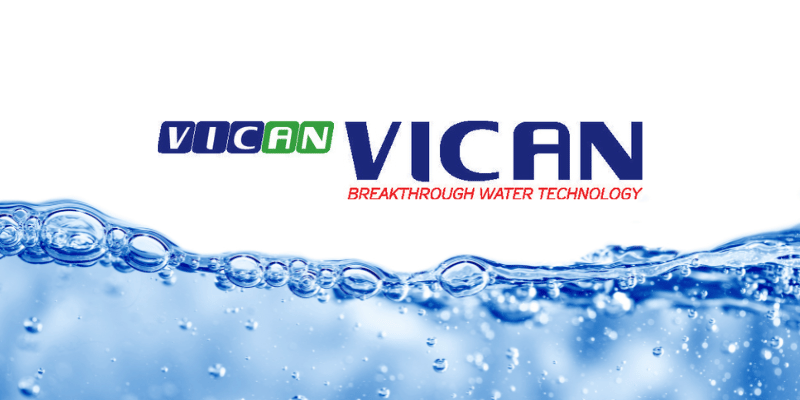
VICAN: A reputable supplier of water filtration and wastewater treatment solutions.
Vican is a reputable brand under the Vican International Group, specializing in providing advanced water filtration and wastewater treatment solutions for various applications, ranging from households and businesses to industrial zones or large-scale projects. With over 20 years of extensive experience in the industry, Vican has established a leading position in the Vietnamese market and expanded internationally, offering optimal solutions to customers worldwide.
Created at: 27/05/2024










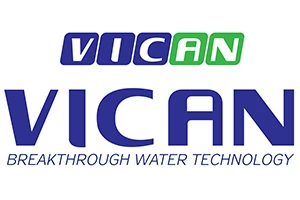






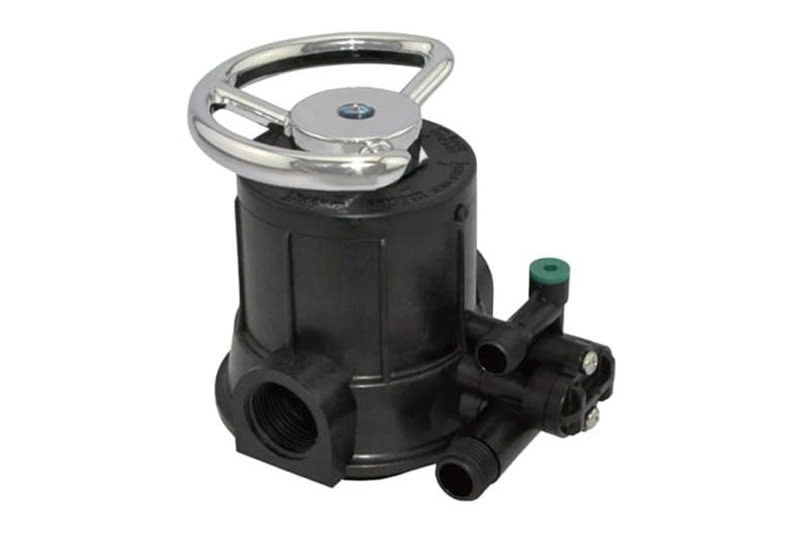
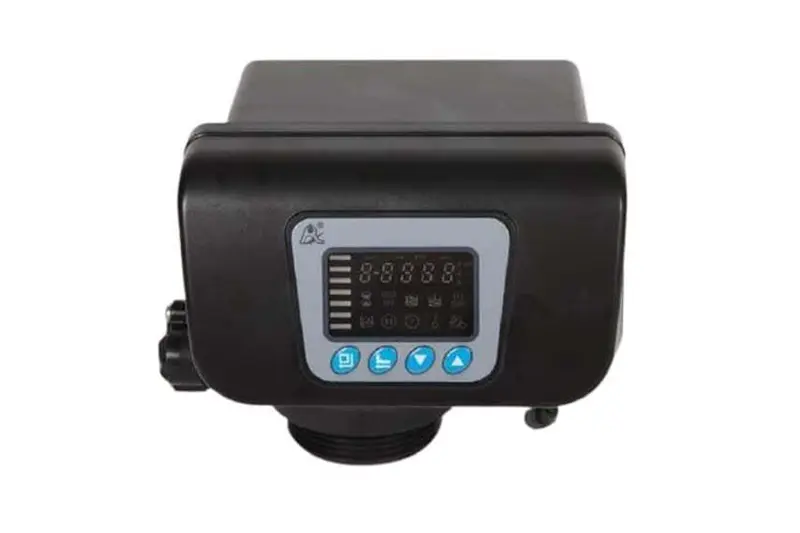




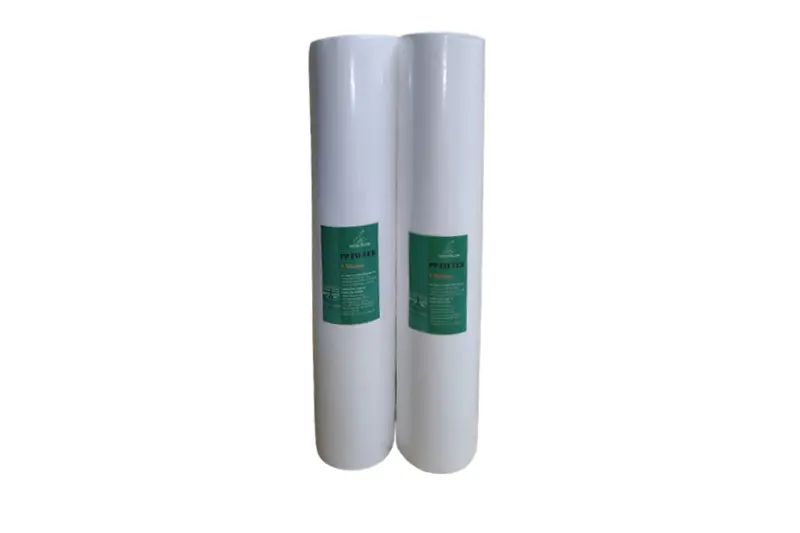



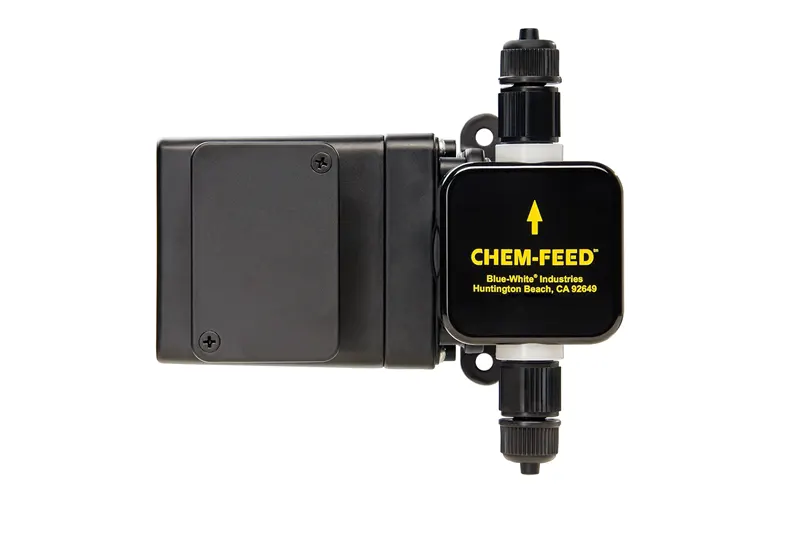
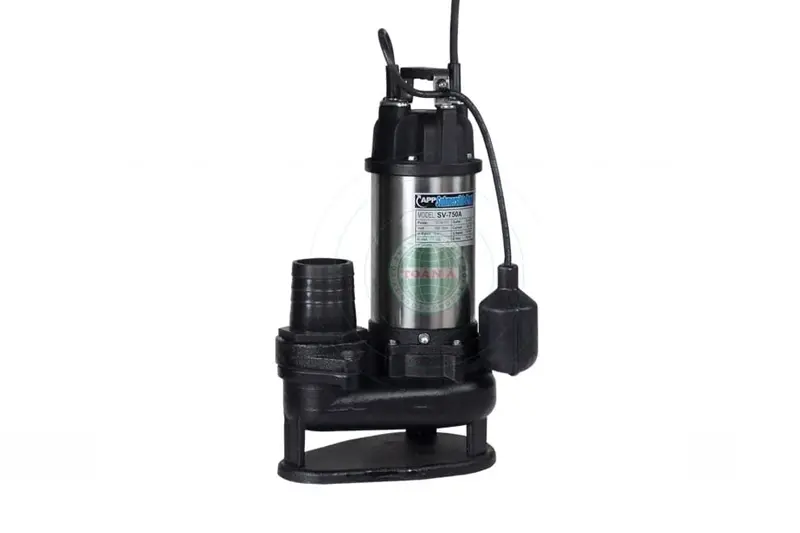



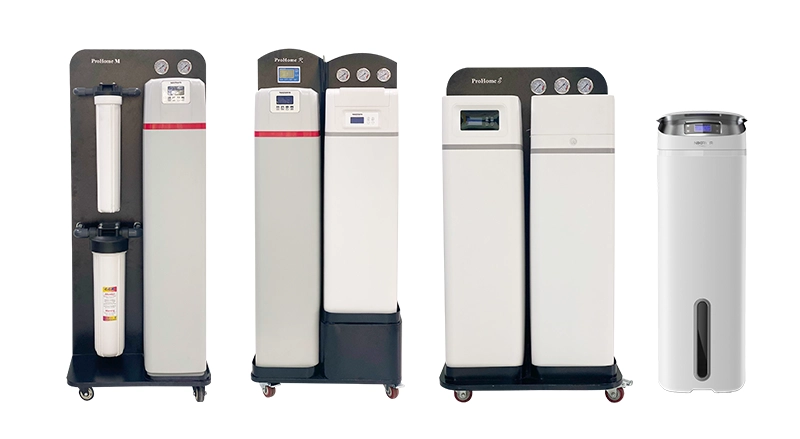
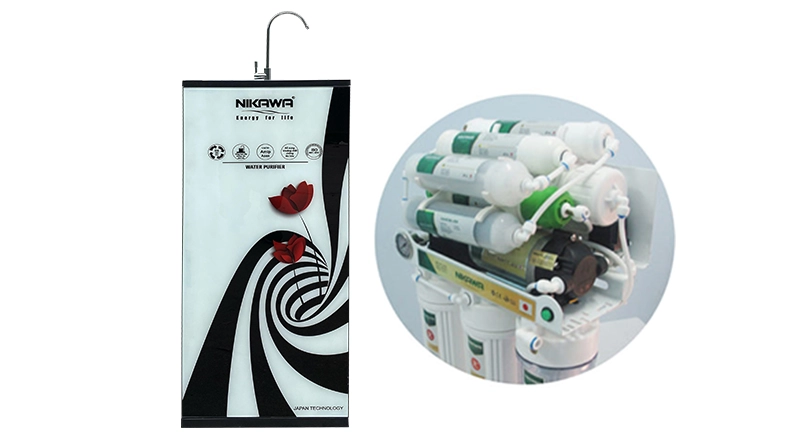
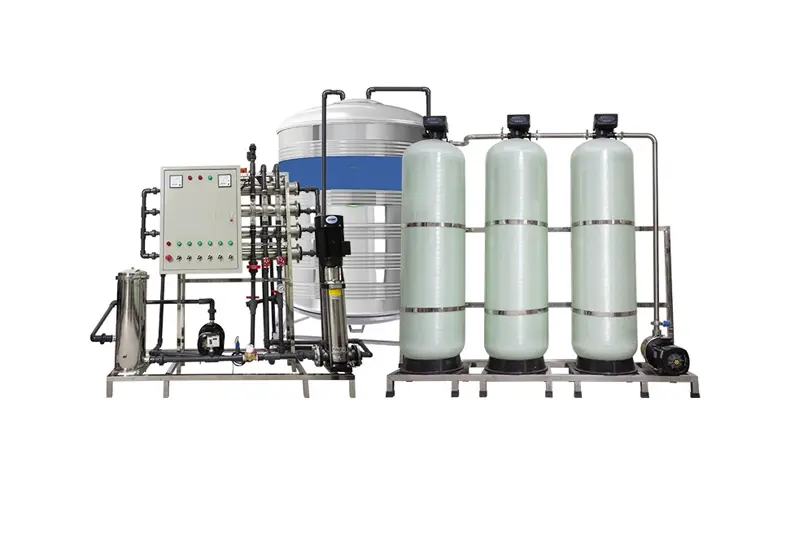
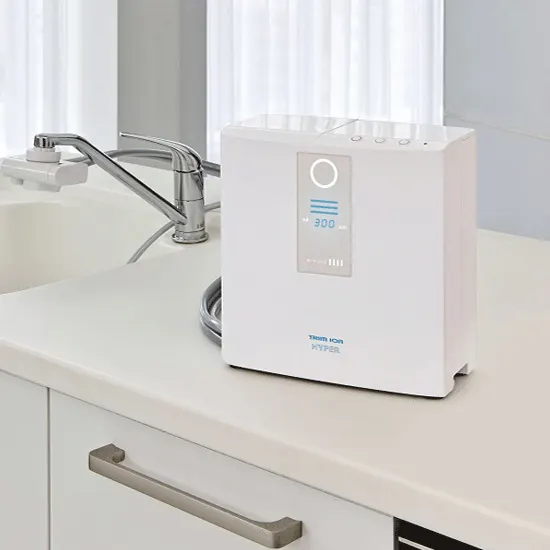
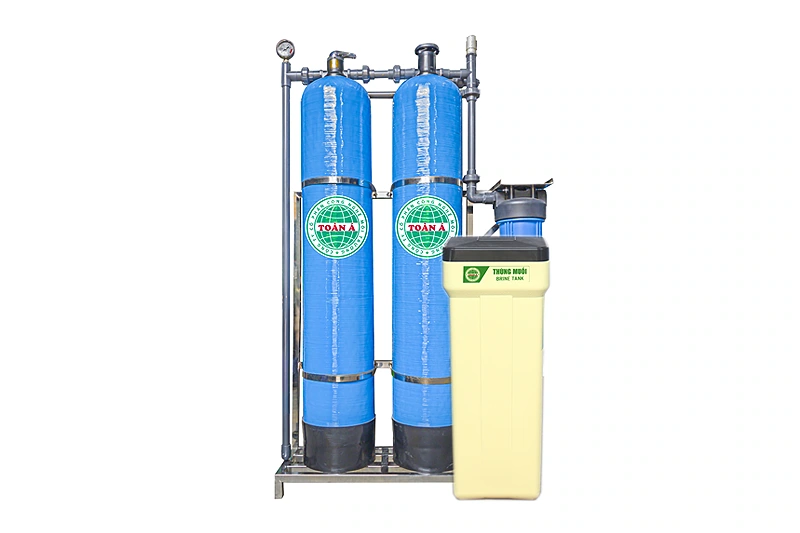


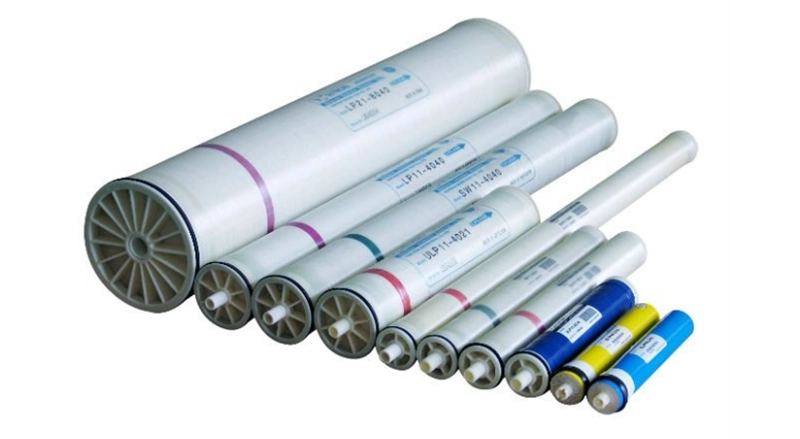
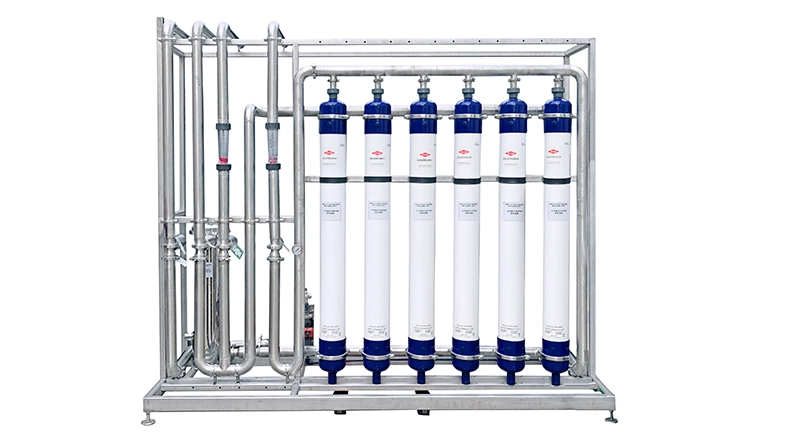


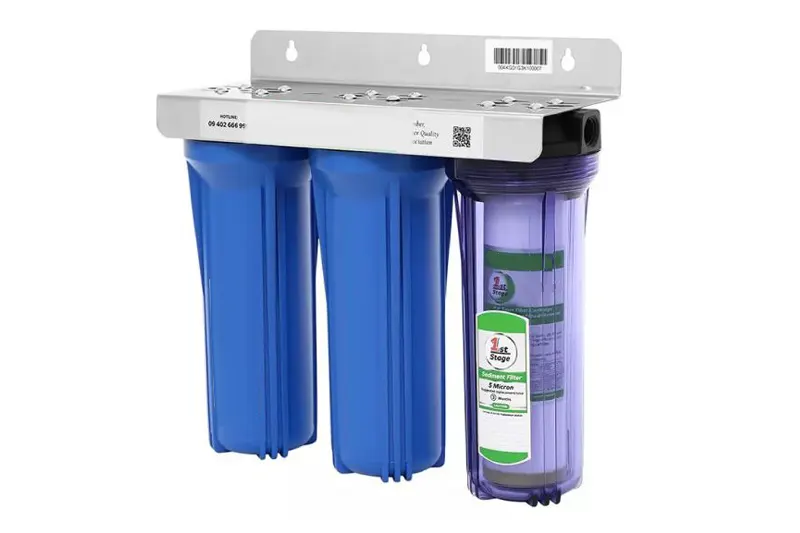

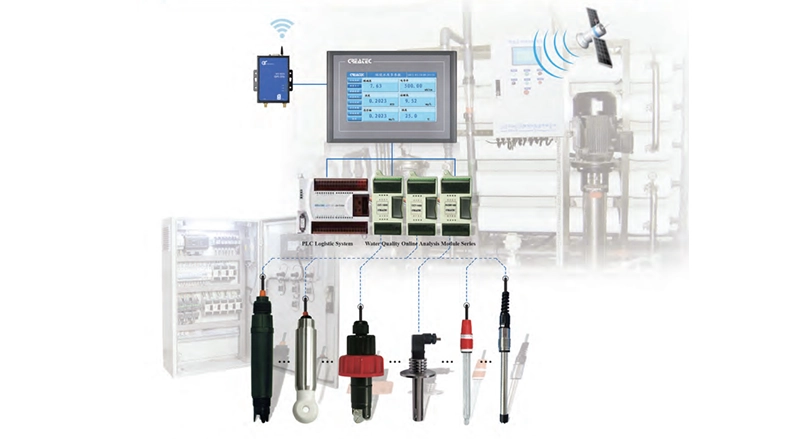
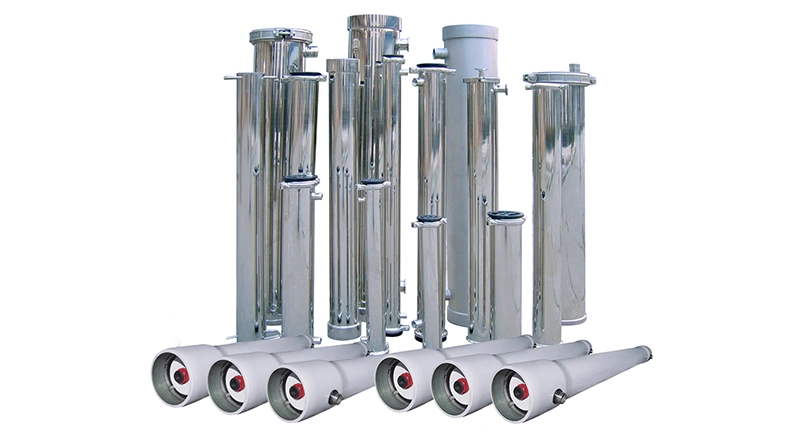
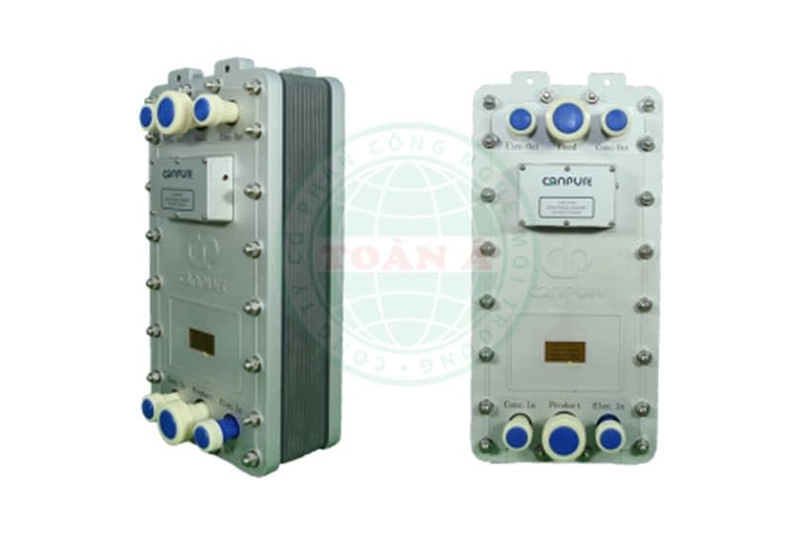
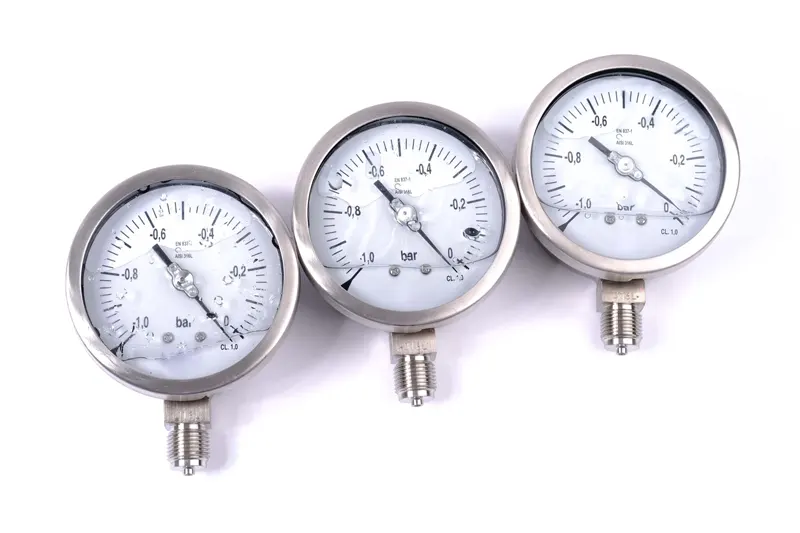
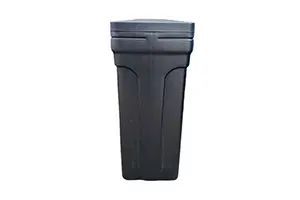


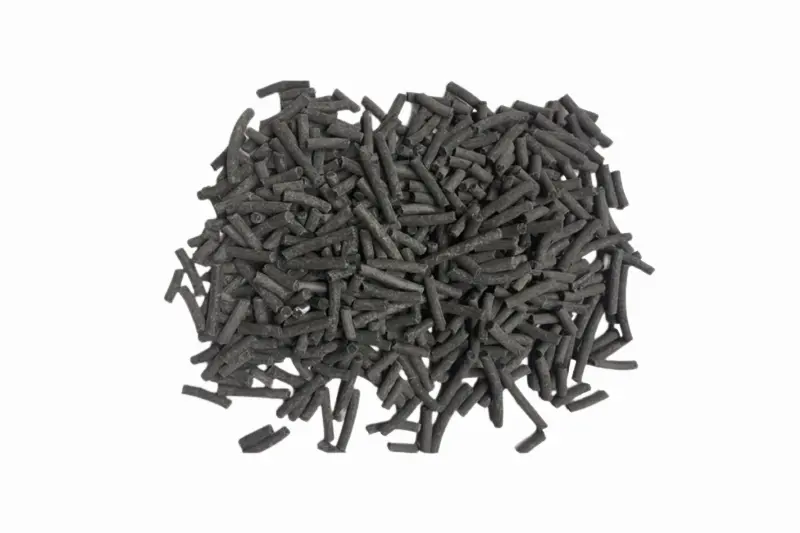
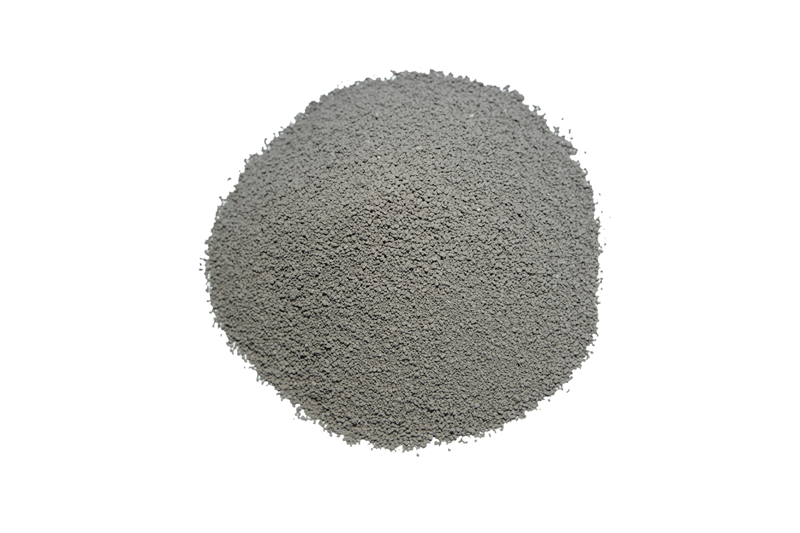
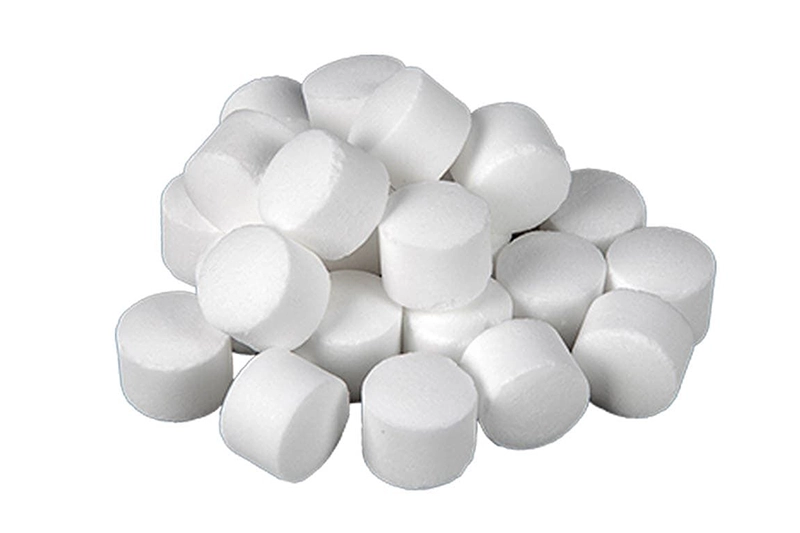
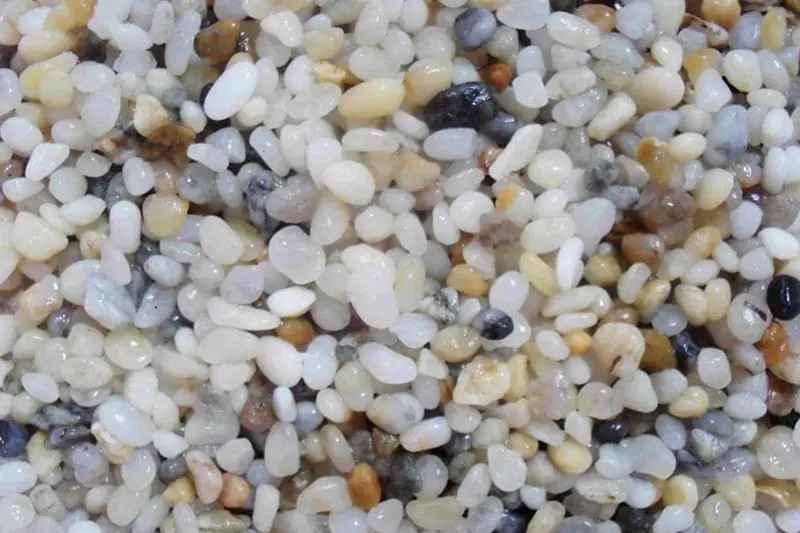
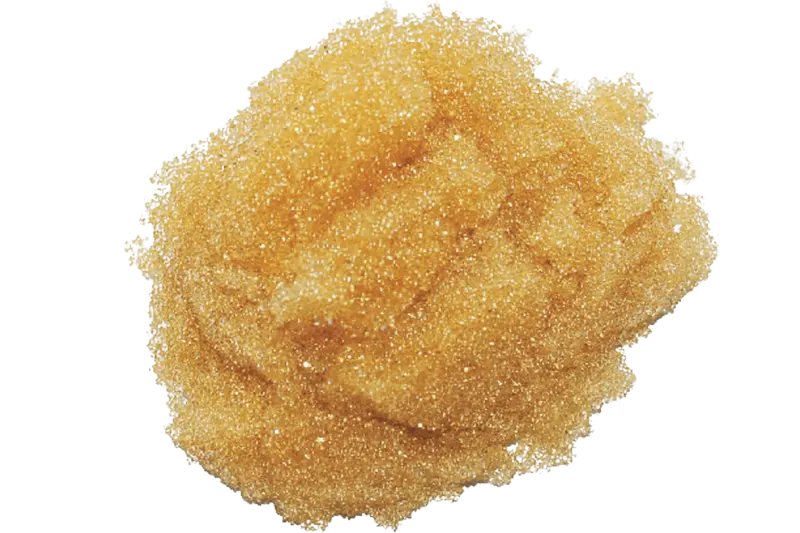








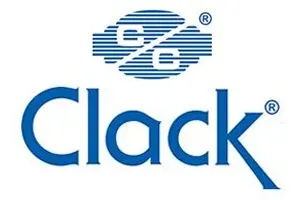




 Water Filter Columns
Water Filter Columns
 Water Filtration Membranes
Water Filtration Membranes
 Control Valves
Control Valves
 Water Filter Cartridges
Water Filter Cartridges
 Water Pumps
Water Pumps
 Water Filtration Equipment
Water Filtration Equipment
 Water Filtration Components
Water Filtration Components
 Water Filtration Materials
Water Filtration Materials
 Heat Pump Water Heaters
Heat Pump Water Heaters



 Products
Products  Solutions
Solutions  Project
Project  News
News